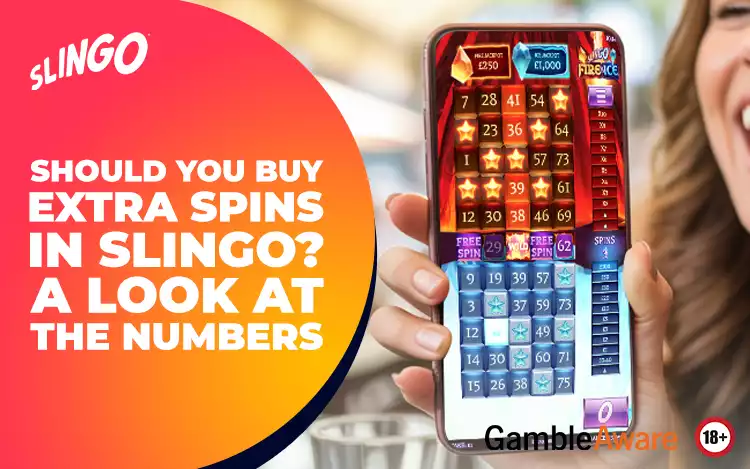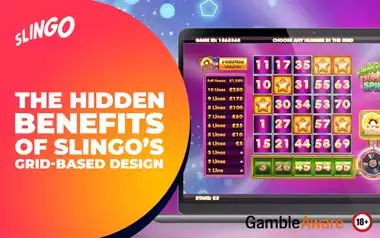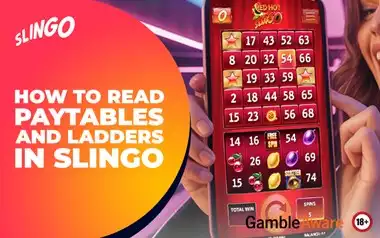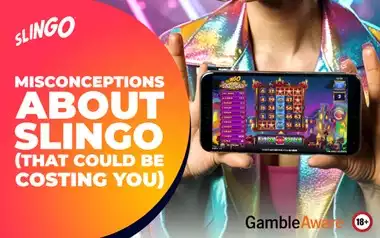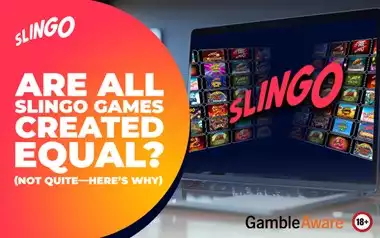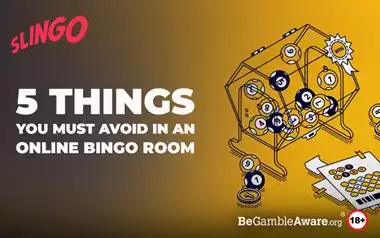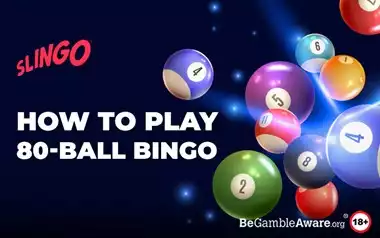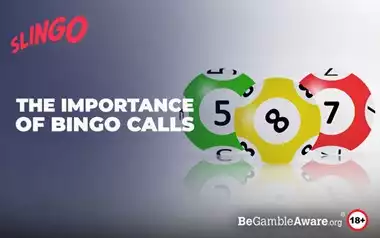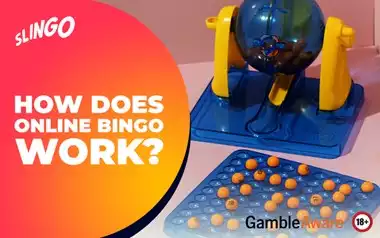When playing slingo games, you might reach the final spins with only one or two numbers missing from your grid. At that point, the game will often give you the option to purchase additional spins. This might sound like a tempting shortcut to finish a line or trigger a prize, but it’s important to understand how these extra spins work before making a decision.
Slingo outcomes are entirely based on luck. While timing and decision-making may influence how you approach extra spins, the underlying results are random, and the house always has the advantage. Players should avoid wagering more in an attempt to recover previous losses, and any decision should be made with a set budget in mind.
In this guide, we’ll break down what extra spins actually do, when they might be worth it, and when it’s better to pass. We’ll also use examples from popular titles like Slingo Centurion and Slingo Reel King to illustrate the numbers behind these choices.
*Terms and conditions apply.*
What Extra Spins Actually Do
Extra spins in Slingo extend your current game session by adding more opportunities to match numbers on your grid. Normally, each game comes with a fixed number of spins included in the entry cost. When you run out, you’re given the option to purchase spins individually or in small sets.
The price of these spins usually increases the closer you are to a big payout. For example, if you only need one number to complete a full line, the extra spin might cost significantly more than it would earlier in the game. This scaling is intentional; it reflects the higher potential return from completing that last step.
However, it’s crucial to remember that Slingo is entirely chance-based. There’s no guarantee that your missing number will appear, no matter how many spins you buy. Even if the board looks close to completion, the randomised outcome means you could spend on several spins without improving your position.
For example, in Slingo Centurion, you might find yourself one number short of activating a prize ladder stage. Buying that final spin could cost more than the average prize it might yield. This is why assessing the potential return compared to the cost is key.
When They Can Be Worth It
While there’s never a guarantee, some players choose to buy extra spins when:
- They are one number away from completing a high-value line or unlocking a bonus feature
- The cost of the spin is relatively low compared to the possible prize
- The board layout suggests multiple possible matches rather than a single needed number
Take Slingo Reel King as an example: if you’re in the mid-tier rewards range and you have multiple numbers open, an extra spin could hit more than one match. This means the chance of improving your prize is higher, though it still depends entirely on luck.
Players sometimes use a mental threshold, for example, deciding never to pay more for a spin than the average value of the prize they are targeting. This kind of budgeting keeps decisions grounded in numbers, rather than impulse.
Reminder: No matter the strategy, the result of any spin is unpredictable. The house edge is always present, and there’s no method that can ensure a positive outcome.
Cost vs. Reward: A Few Examples
Let’s look at three simple examples to put the numbers into perspective.
Example 1: Low-cost spin, mid-value prize
You’re playing Slingo Centurion and are one number away from a £2 prize. The extra spin costs £0.20. While you have a 1-in-10 chance of hitting that number, the potential return is ten times the cost. In this situation, some players would consider it a reasonable choice.
Example 2: High-cost spin, high-value prize
In Slingo Reel King, you are one number away from a £50 prize, but the extra spin costs £15. Here, the risk is substantial, especially if the probability of landing the number is low. Even though the potential payout is large, the cost is high enough that some players would pass unless they’re comfortable with the spend and understand the risk.
Example 3: Multiple possible matches
You’re in Slingo Advance and have three possible numbers that could complete different lines. The extra spin costs £1.50, and hitting any of those numbers would result in a payout. While the odds are still uncertain, having multiple “outs” makes some players more willing to buy, as the chance of improving the board is greater.
These examples show how cost-benefit thinking can guide decisions. However, they don’t change the fact that outcomes remain random.
For more on how probability plays a role in spin-based decisions, you can read about extra spin ROI considerations.
Final Tip: Know When to Pass
The most strategic choice with extra spins is often knowing when to stop. It can be easy to get caught up in chasing a near-complete board, but Slingo is built on chance, not certainty. Spending beyond your set budget can quickly turn an entertaining session into a costly one.
One good approach is to set a firm limit before starting a game. Decide in advance how much you are willing to spend on extra spins and stick to it, regardless of how “close” the board looks. This removes on-the-spot emotion from the decision and keeps you in control.
Remember to take breaks between games, as stepping away can help maintain perspective and enjoyment. Slingo is designed for casual entertainment, not as a way to achieve financial gain or solve personal challenges.
If you want to understand other in-game tools that can help with decision-making, check out our guide to power-ups and spin strategy.
Responsible Gambling Reminder
Gambling should be treated as a form of light entertainment. Only spend what you can afford to lose, keep it secondary to your other hobbies and relationships, and never chase losses. The results of Slingo are always determined by luck, and the house always has the advantage. Setting a budget, pacing your sessions, and taking regular breaks can help you keep it fun and sustainable.
If bonus offers are part of your gameplay, understanding their conditions can make a big difference. You can read more about this in our guide on bonus clarity.
